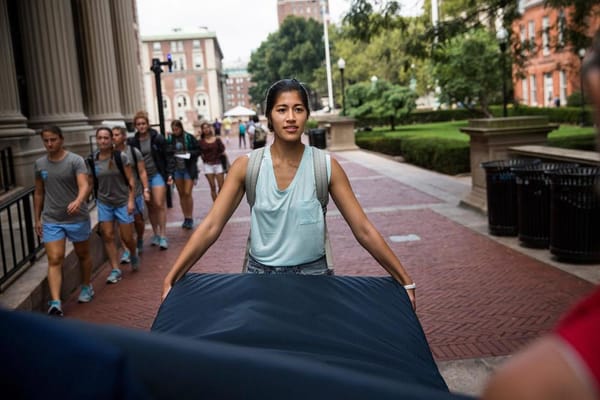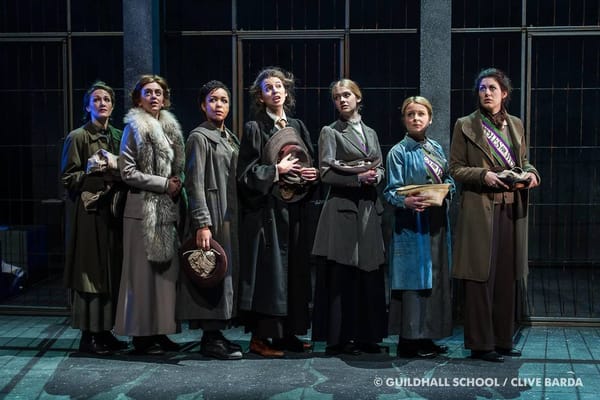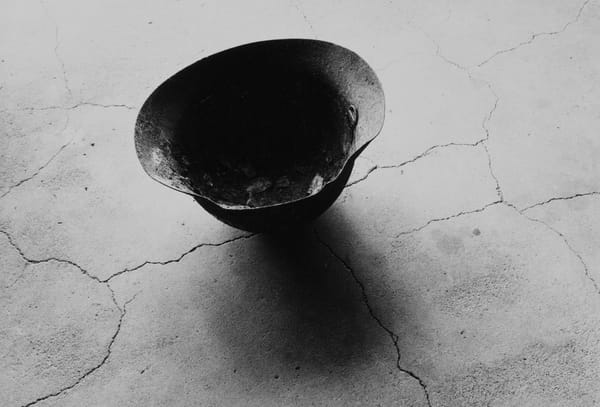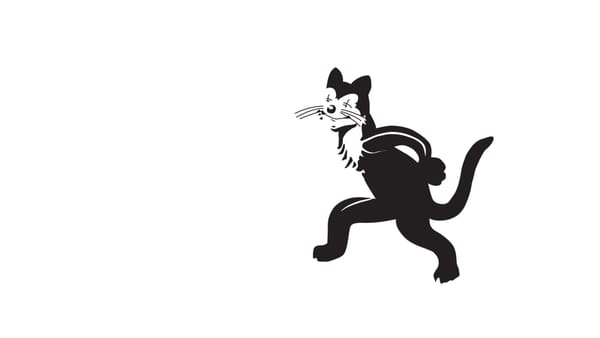My Art: The Cholmondeley Ladies
Fred Fyles chooses his favourite work of art from the Tate Britain's collection

In the Tate Britain, among the historical portraits and seascapes, the Van Dyke's and Van Eyck's, there is one picture that never fails to catch my eye. Entering the 1540 room, marking the beginning of British fine art, four pairs of eyes glare out at you from a single panel. An oil painting on wood, The Cholmondeley Ladies depicts two women, dressed in bleached-white finery, and resembling pieces of bone china, who each carry an infant swaddled in a blood red christening gown.
We have no idea who these ladies were, and no other historical record exists of them
An inscription in gold provides some context, telling us they these two women "were born the same day, Married the same day, and brought to Bed the same day."
It is a Daily Mail story, captured in oils; a Ripley's Believe It or Not for the 1600s.
I don't know why I love the painting so much. Perhaps it is formal rigidity of the painting style. These two ghostly apparitions and their crimson bounties are starkly flat. No attempt at depth has been made, which, as well as giving the painting an otherworldly feel, confers a sense of modernism about it. Painted some three centuries before Picasso's Les Demoiselles d'Avignon, it seems to predict the radical geometry that would become so popular during the 20th Century.
"A Daily Mail story, captured in oils; a Ripley's Believe it or Not for the 1600s"
There is a beautiful symmetry about the painting too, as if painted by a forerunner of Wes Anderson, which would suggest that the two women were twins, and yet there are subtle differences between the two: their clothing differs, and their eye colours don't match - clearly they are not identical twins.
And perhaps this is why I like it. The air of mystery that envelops the painting so tightly has a great attraction to me. We have no idea who these ladies were, and no other historical record exists of them. The rigid poses of the women, who cradle their babies indifferently, is not found in any other work of the same period, apart from tomb sculpture, so perhaps this is a tribute to women who have died?
The painter is unknown, lost to the annals of history, and the person who donated it in 1955 remained anonymous. Virginia Woolf said, in her polemical book A Room of One's Own, "I would venture to guess that Anon was often a woman", and this is something that I dearly hope against hope is true, since I am yet to find a more beautiful depiction of motherhood.
At its best, art attempts to describe the human condition, and I feel that The Cholmondeley Ladies does just that. It is a depiction of maternity, of pride. It is a history lesson in miniature, showing us how throughout all of human existence we have been attracted to the unusual, the bizarre.
Just look at the role that twins have played throughout art, from the tales of Romulus and Remus, all the way through to Diane Arbus' disquieting 1967 portrait of twin girls.
The Cholmondeley Ladies is just one small part of this canon, and just one small part of artistic history, but to me it will always have a special place.










